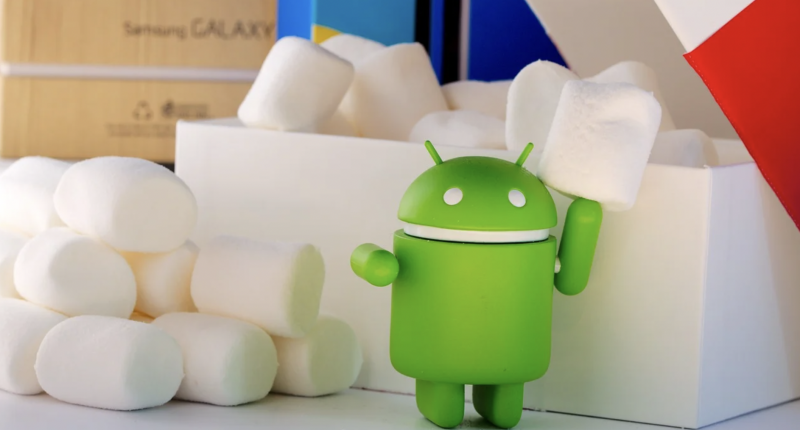Google has unveiled the first developer preview of Android 16 earlier than anticipated, marking a departure from its traditional timeline. Historically, the tech titan has released the initial developer previews for its mobile operating system in February, followed by a stable release in the second half of the year. Android 16 is a departure from the pattern – the stable version is now scheduled for release in the second quarter of 2025.

The first Android 16 developer preview brings a host of new features, including an embedded photo picker, expanded health record support, and updates to Android’s Privacy Sandbox initiative. The photo picker was first introduced in Android 13, and with the redesign, has moved beyond its initial days of a separate interface. The developer preview revealed that developers can now embed the photo picker directly within their apps. The apps themselves can ask users to get access to selected photos from local storage and the cloud alike.
Health Connect, Google’s platform for managing and sharing health data across apps, has also received significant upgrades. The new version brings support for health records, enabling apps to read and write medical records in the FHIR (Fast Healthcare Interoperability Resources) format once the user consents. Another new feature is the various updates to the Privacy Sandbox. The exact details are yet to be revealed, but Google noted that the update “incorporates the latest version” and aims to limit data collection.
The Tech Portal is published by Blue Box Media Private Limited. Our investors have no influence over our reporting. Read our full Ownership and Funding Disclosure →






